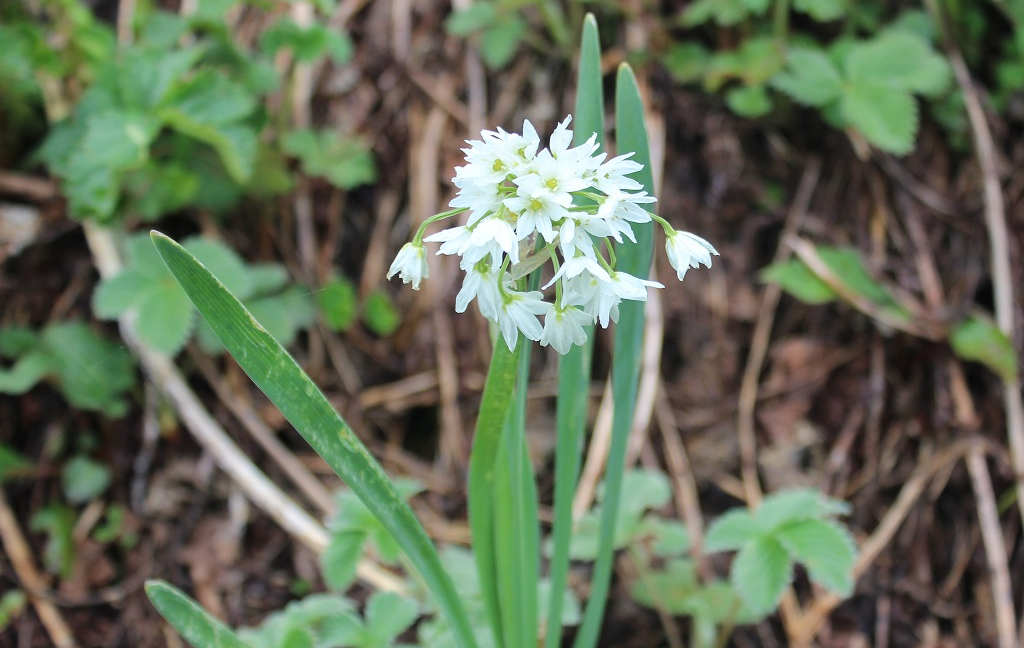
Allium humile (Farn)
Allium humile, locally known as Farn, is a small yet significant wild herb found in the subalpine and alpine zones of the Great Himalayan National Park (GHNP). Belonging to the Amaryllidaceae family, this wild onion species is renowned for its culinary and medicinal uses among local Himalayan communities.
Habitat and Growth in GHNP
In GHNP, Allium humile typically thrives:
-
At elevations between 2,400 and 3,800 meters
-
In moist grassy slopes, rocky outcrops, and open alpine pastures
-
Particularly in regions like Tirthan Valley and upper Sainj Valley
Its presence signifies the rich plant biodiversity in GHNP and its role in traditional ecosystems.
Botanical Description
-
A perennial herb with a small underground bulb
-
Grows up to 10–15 cm tall
-
Bears purple to pink star-like flowers in loose umbels
-
Leaves are linear, grass-like, and aromatic
-
Blooms during June to August, attracting pollinators in alpine meadows
Traditional and Culinary Uses
Allium humile is highly regarded for both flavor and health benefits:
-
The leaves and bulbs are edible and used in local dishes as a wild vegetable or seasoning agent
-
Its pungent flavor is similar to garlic or chives
-
Used traditionally for treating colds, digestive issues, and as a natural antiseptic
-
Often consumed raw, cooked, or dried for storage
Conservation Notes
Though not classified as endangered, unregulated harvesting and grazing pressure can threaten local populations. GHNP promotes sustainable foraging and awareness among trekkers and locals to preserve this unique plant species.
| Local name | Farn |
| Botanical name | Allium humile |
| Family | Amaryllidaceae |
| Description and uses | Also known as Small Alpine Onion, is a species of onion found at high altitudes in the Himalayas. Flowers are white, star-shaped, in a rather lax umbel 2.5-4 cm across, borne on a leafy stem. Narrow-elliptic petals, about 1 cm long, spread outwards, and are much longer than the stamens. Out flower stalks are usually longer than the flowers. Spathe lobes are broadly ovate. Leaves are many, flat, 2-5 mm broad, blunt, usually shorter at flowering than the stem. The stem itself is 7-25 cm tall. Bulbs are clustered, cylindrical, covered with fibrous leaf-bases. Small Alpine Onion is found on open alpine slopes, from Pakistan to W Nepal, at altitudes of 3000-4000 m. flowering: June-August. It is locally used as a spice in food and also cures fever. |
Traditional and Culinary Uses
Allium humile is highly regarded for both flavor and health benefits:
-
The leaves and bulbs are edible and used in local dishes as a wild vegetable or seasoning agent
-
Its pungent flavor is similar to garlic or chives
-
Used traditionally for treating colds, digestive issues, and as a natural antiseptic
-
Often consumed raw, cooked, or dried for storage
Conservation Notes
Though not classified as endangered, unregulated harvesting and grazing pressure can threaten local populations. GHNP promotes sustainable foraging and awareness among trekkers and locals to preserve this unique plant species.



